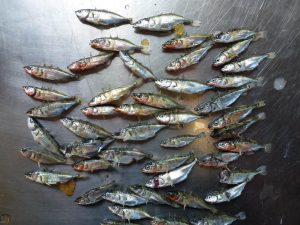International Lake Constance Fishery Commission (IBKF)
The IBKF is the directory board for any matter concerning Lake Constance fishery. The board meets once a year, whereas the boards chairman changes every three years on a rotational basis. Resolutions on fishery regulations must be decided unanimously to make sure the interests of all contracting states are respected. Resolutions made by the IBKF must be implemented in national law. The decisions of the IBKF are assembled in the assemblage of resolutions. Decisions of the IBKF and commercial basics on the fishery management are noted in the assemblage of resolutions. The principle of operation of the IBKF is regulated in the internal rules of procedure, which is assimilated to the current needs. An additional regulation exists for the Fishery Officers. As preparation of business matters, especially concerning scientific matters on fishery, the commissioners have appointed the experts commission (SVA) consisting of fishery experts of every contracting state. Working groups are established for specific fishery fields (e.g. migratory fish working group, cormorant working group). The interests of the recreational and professional fishery are represented by the International Fishery Union of Lake Constance (IBF). Representatives of the IBF join the yearly meetings of the IBKF.
Focus topics also to be considered by the IBKF:
A main topic of the IBKF is the conservation status of the migratory brwon trout in Lake Constance and its watershed. Many projects have been carried out to rebuild fish stocks by breeding and stocking fish in lake tributaries. The migratory brown trout is an important indicator species for the continuity and connectedness of the tributaries.
A marking project on whitefish stocking over several years aimed to determine the proportion of stocked fish in the recruitment in Lake Constance. It was also used to calibrate age determination based on the scales. The latter has become increasingly difficult in recent years. The first marking run took place in spring 2016, the next in spring 2018. The results can be found in the following publication: Baer et al. 2023
The development of invasive alien species in Lake Constance is of great interest to the IGKB and IBKF. The importance of invasive species as prey for different fish species has been examined as well as the rapid and extensive expansion of the American crayfish.
The FFS Langenargen is investigating the considerable increase of the three-spined stickleback. So far, the results show a stable and large pelagic population since 2013, which competes with whitefish for food.

The common nase is listed as critically endangered and is another important topic for the migratory fish working group.
Currently, the IBKF is studying the cormorant in the Lake Constance area to develop a joint management plan. Despite decreasing fish populations, the cormorant population in the area is increasing. The cormorant is estimated to consume 220 tons of fish per year.

